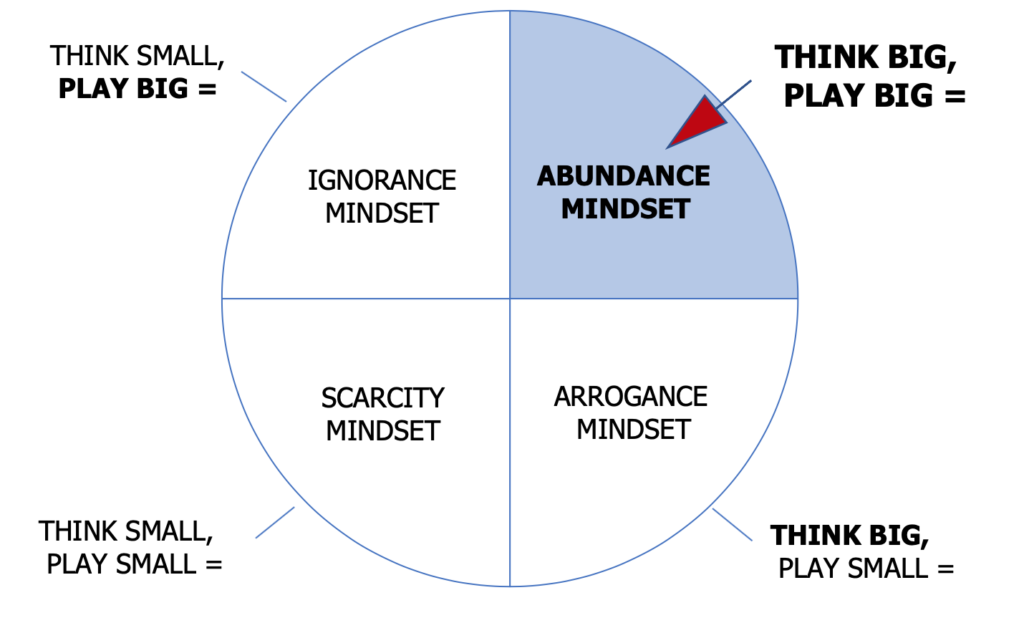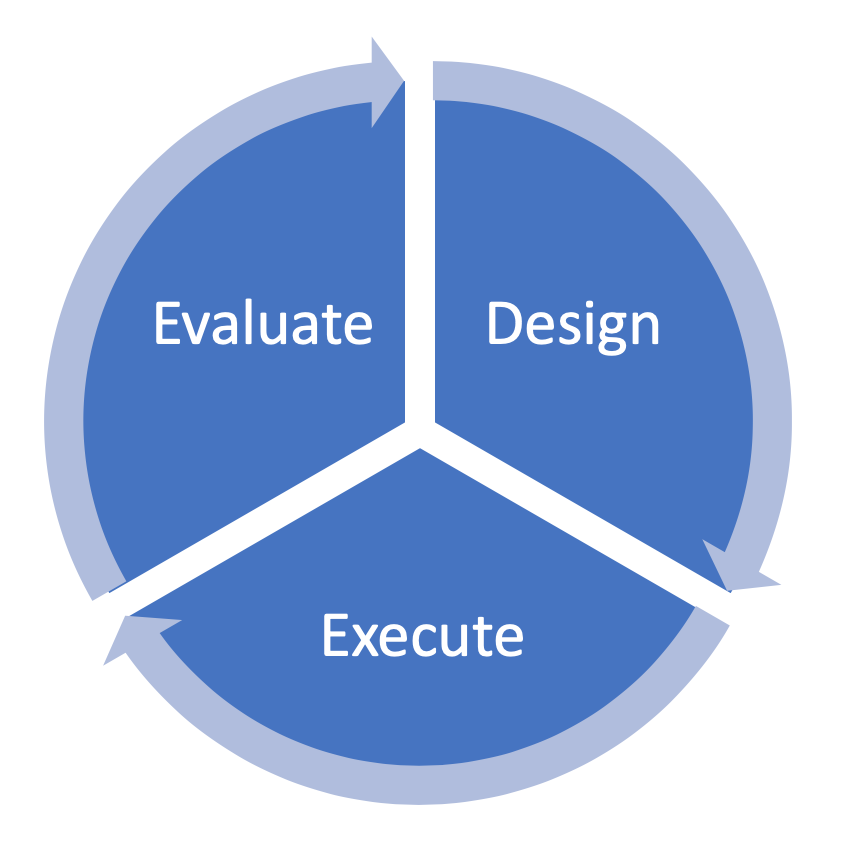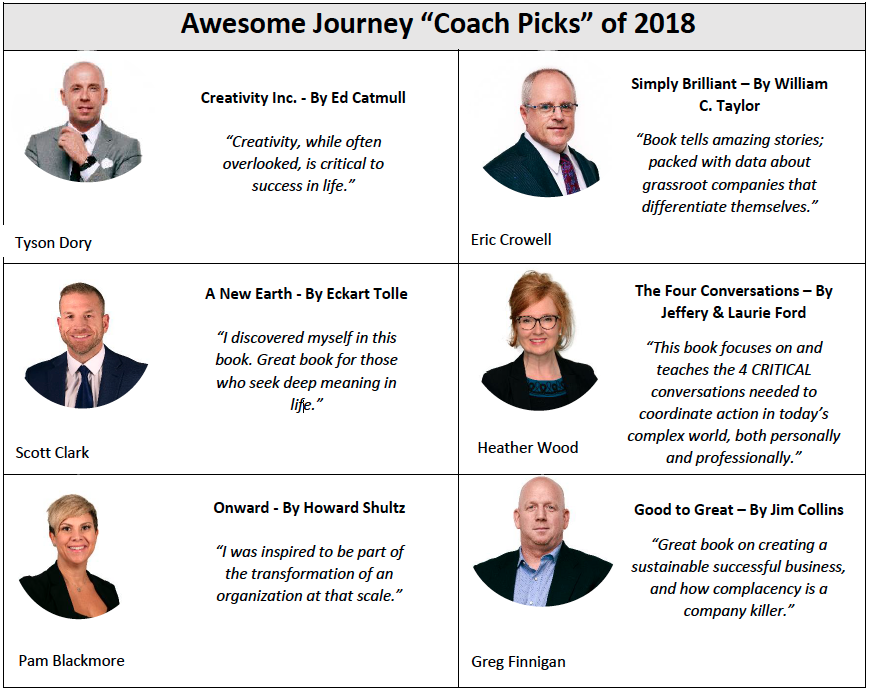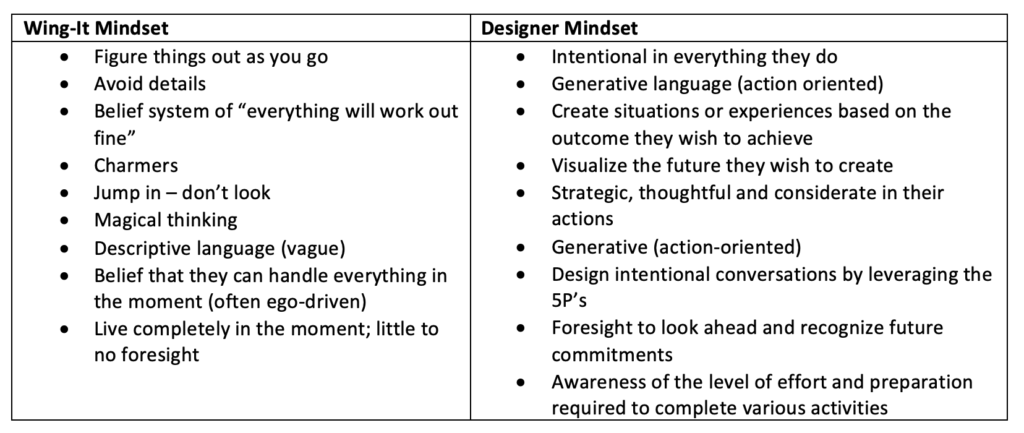Leadership Presence
What is Leadership Presence?
Leadership Presence is the energy you bring to a conversation, measured by the impact your presence has on others.
Components of a Powerful Leadership Presence:
People are attracted to your Powerful presence and engaged to follow your lead and your requests that you have made of them, all the way to the finish line and beyond.
Dialogue: You spend most of your time communicating with others by asking questions versus telling others what to do.
Respect: You respect others for their time, opinions, expertise and insights.
Inclusivity: You include others in key conversations.
Dialogue + Respect + Inclusivity = Empowerment and Sustainable Action
Components of a Forceful Leadership Presence:
Others are engaged for a short period of time until they find a way to avoid your Forceful presence.
Monologue: You spend most of your time communicating to others by telling them what to do versus asking others questions.
Disrespect: You don’t respect others for their time, opinions, expertise and insights.
Isolation: You exclude others from key conversations.
Monologue + Disrespect + Isolation = Disempowerment and Unsustainable Action
Challenge: Develop a Powerful Leadership Presence
Have you ever heard the saying “People don’t remember what you did, people remember how you made them feel”?
- Assess your impact on others through your verbal language, body language, and emotional language.
- Commit to practicing one or more components of a Powerful Presence.
- Ask for feedback about your Leadership Presence.















